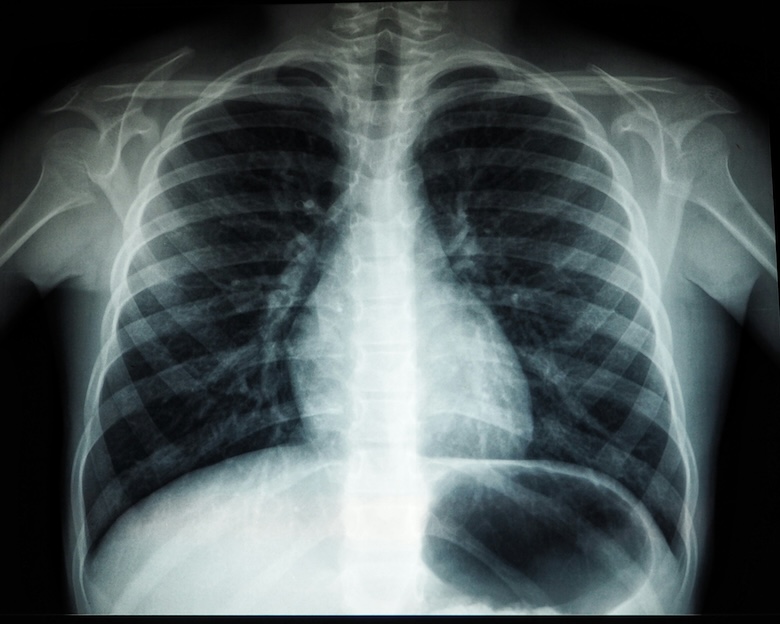
While medical imaging is a vital tool in diagnosing and treating various health conditions, it also presents certain hazards linked to radiation exposure. These include:
-
Elevated Cancer Risk: The ionizing radiation from X-rays has the potential to cause DNA damage, which can heighten the likelihood of cancer development later in life.
-
Tissue Damage: Exposure to high levels of radiation can lead to tissue-related effects such as cataracts, skin reddening, and hair loss. However, these side effects are uncommon for many types of imaging tests.
-
Reactions to Contrast Agents: There are risks tied to contrast agents that are injected intravenously during imaging procedures to improve visualization.
-
Special Precautions: Certain demographics like infants, children, pregnant women, and individuals with specific health conditions may be more susceptible to radiation exposure and hence require extra caution during imaging procedures.
To minimize these risks, adherence to the “As Low as Reasonably Achievable” (ALARA) principle is crucial when adjusting equipment settings to limit radiation exposure. Furthermore, discussing the need for high-dose imaging with healthcare professionals, contemplating less frequent testing where feasible, and avoiding unnecessary scans can contribute towards reducing radiation exposure.

